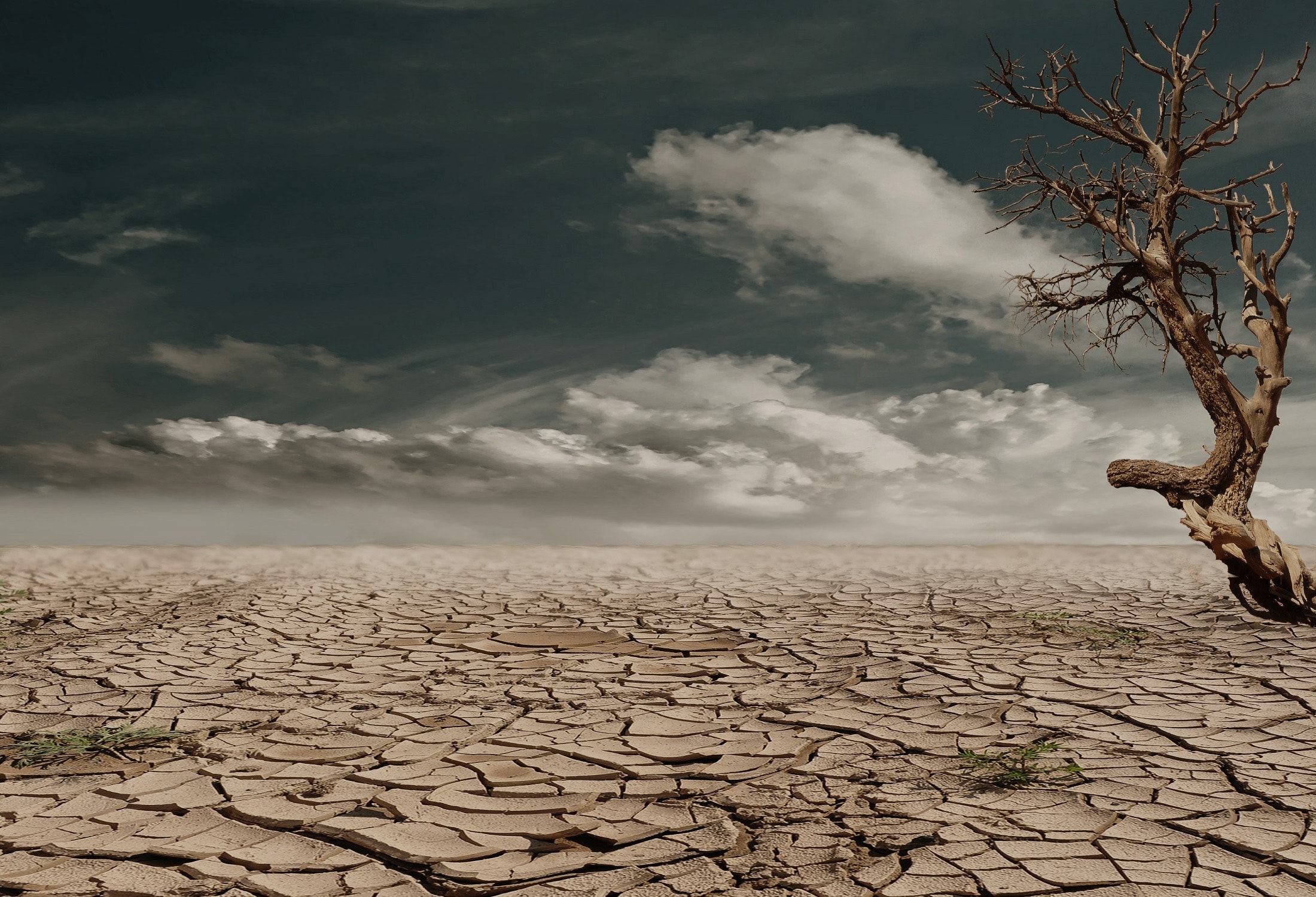Drought stress in Diamare Division, Northern Cameroon - the trends, local responses and impact

A climatic event that affects food security, local livelihoods and water availability is drought mostly in semi-arid areas.There has been a lot of research on the impacts of climate change on humanity but limited research on specific climatic shocks and stressors and how residents react to it.
The objective of the study
The study by Yeluma Mary Ntali, James G. Lyimo, and Francis Dakyaga contributes to the planning on climate change policy and debated by analysing impacts, trends and local responses to drought. The information has been collected from household questionnaires, key informant interviews, focus group discussions, and participatory field observations. The Mann-Kendall and Cusum tests were used to analyse weather data pertaining to rainfall and temperature to observe their trends. Due to there being ongoing disasters, droughts and floods studies have now tried to understand climatic stressors and shocks and their associated responses. This study specifically “focuses on drought as a specific climatic event by demonstrating its trends, impacts and how households respond to drought-related trends and impacts in Northern Cameron.”
An overview of droughts and its impacts
Drought refers to when there is a limited amount of rainfall or no rainfall over a long period of time. An insight of the African landscape is as follows: “drylands cover approximately 43% of the African land surface and are defined by low and erratic precipitation coupled with high evapotranspiration with an aridity index below 0.65.” In African regions there is low preparedness for drought and building resilience in the event of a drought. A history about droughts in Africa, “Between 1960 and 2016, Africa witnessed about 289 droughts. These incidences directly affected about 414 million people and killed about 700,000 people [12]. Additionally, drought has insti- gated an increase in environmental refugees, especially in Africa. These have contributed to financial losses with potential threats towards weakening the economic gains made in the past decades.” Further, the frequency of drought is expected to increase in Africa due to climate change. An area in Africa that has been experiencing extreme drought is the Sudano-Sahelian region in Cameroon between 1990 and 2014 and had an increased drought frequency of 16.7%. These droughts affect rain-fed agriculture the most. In Cameroon, the droughts have already destroyed livestock, agriculture and water.
The study has three aims which are as follows:
(i) “the perceived frequency and severity of drought”
(ii) “rainfall and temperature trend”
(iii) “impacts of drought on livelihoods, and households’ response and associated challenges.”
The results and methods
The study and data collection was taken amongst five communities, namekly- “Meri Ville, Dogba, Balaza Lawane, Yolde Naggue, and Gazawa.” Thereafter, the data analysis had occurred. The results showed that there is a perceived and observed frequency and severity of drought and rainfall and temperature trend of the Diamare division. Further, impacts of drought on livelihoods, responses, and implementation challenges, and there was a discussion on the droughts severity and frequency. The impacts the droughts have on livelihoods and people's lives and the responses to drought stress, the challenges faced by respondents in the implementation of response strategies.
The conclusion of the study
Drought has affected the Cameroon area and left the area devastated with many negative after effects. The study showed that the frequency and the intensity of the drought must be understood. The results showed the following, that “drought is a recurrent phenomenon in Diamare with varying intensity ranging from mild, severe, and moderate to extreme episodes and appears to be increasing in recent years with potential increases in drought hazards/disasters with negative impacts on people’s lives and livelihoods. The SPI (range from −0.01 to −2.8) indicated extreme, severe, moderate, and mild drought (mild (73%) being the notorious) events.” The researchers are trying to get policy makers and regional drought committees to assist these communities in adaptive or resilient measures to survive the droughts in the Northern Cameroon region.
Story Source:
Materials provided by World Development Sustainability. The original text of this story is licensed under a Creative Commons License. Note: Content may be edited for style and length.
Journal Reference:
- Author links open overlay panelYeluma Mary Ntali a et al. (2022) Trends, impacts, and local responses to drought stress in Diamare Division, Northern Cameroon, World Development Sustainability. Elsevier. Available at: https://www.sciencedirect.com/science/article/pii/S2772655X22000398 (Accessed: March 22, 2023).
- Photo of brown bare tree on Brown surface during daytime (no date). Available at: https://www.pexels.com/photo/photo-of-brown-bare-tree-on-brown-surface-during-daytime-60013/ (Accessed: March 22, 2023).

0 Comments